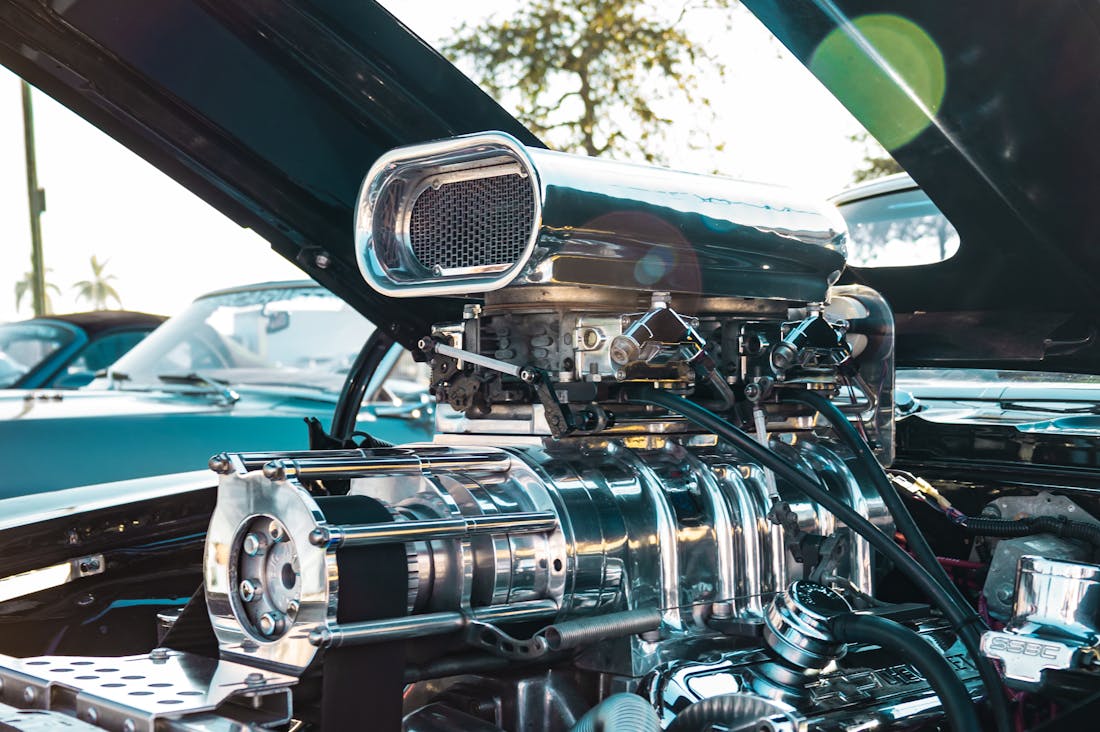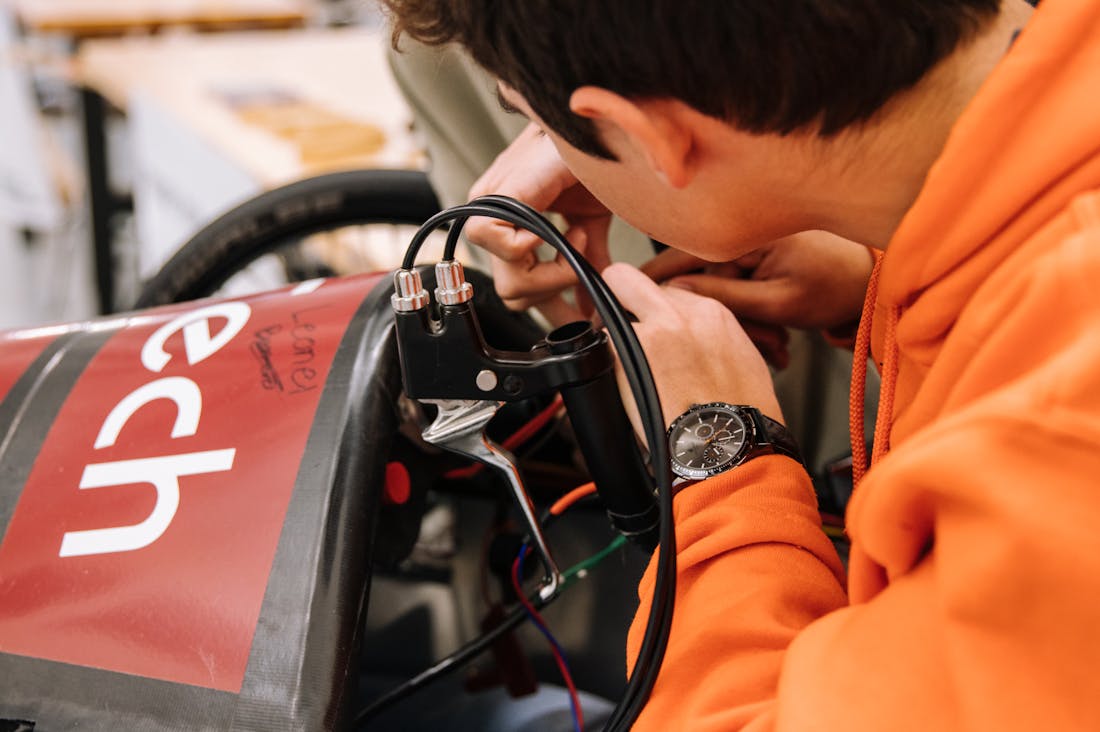The automotive industry has undergone a remarkable transformation over the years, evolving from the early days of steam-powered vehicles to today's advanced electric and autonomous cars. As technology continues to advance rapidly, car enthusiasts are left pondering what's next. This exploration delves into emerging innovations, trends, and the future landscape of driving, offering insights that promise to enhance both performance and sustainability while catering to the passions of automotive aficionados. Join us as we navigate the exciting intersection of technology and automotive culture, showcasing the groundbreaking developments that will shape the next generation of vehicles and the thrill of driving.

A Brief History of Automotive Technology
The history of automotive technology is a fascinating journey that traces back to the late 19th century when Karl Benz patented the first gasoline-powered vehicle in 1886. This breakthrough marked the dawn of the modern automobile, leading to rapid advancements in engineering and manufacturing. The introduction of assembly line production by Henry Ford in 1913 revolutionized the industry, making cars more affordable and accessible to the masses. As the years progressed, innovations such as electric starters, automatic transmissions, and safety features like seatbelts and airbags enhanced vehicle performance and safety. The late 20th and early 21st centuries saw the rise of computer technology, leading to developments in fuel efficiency, hybrid powertrains, and autonomous driving systems. Today, the automotive landscape continues to evolve with a strong focus on sustainability, emphasizing electric vehicles and advanced connectivity, promising an exciting future for transportation technology.

Current Trends in the Car Industry
The car industry is undergoing a significant transformation driven by technological advancements, evolving consumer preferences, and sustainability concerns. A major trend is the shift toward electric vehicles (EVs), propelled by tightening emissions regulations and a growing emphasis on reducing carbon footprints. Major manufacturers are investing heavily in EV production and infrastructure, with many setting ambitious targets for transitioning their fleets to electric. Additionally, the rise of autonomous driving technology is reshaping how vehicles are used and perceived, offering potential safety benefits and changing the dynamics of car ownership. Connectivity features, such as advanced infotainment systems and vehicle-to-everything (V2X) communication, are also becoming standard, enhancing the overall driving experience. Furthermore, consumers are increasingly valuing shared mobility solutions, leading to growth in car-sharing services and alternative ownership models. These trends indicate a future where cars are not just modes of transportation but integrated into a larger ecosystem of smart, sustainable urban living.

The Future of Automotive Technology: Trends to Watch
The future of automotive technology is set to be transformative, driven by trends that emphasize sustainability, connectivity, and automation. Electric vehicles (EVs) are becoming mainstream, thanks to advancements in battery technology that enhance range and reduce charging times. Autonomous driving technologies are progressing rapidly, with companies testing self-driving systems aimed at improving road safety and efficiency. Connectivity through the Internet of Things (IoT) is enabling vehicles to communicate with each other and infrastructure, optimizing traffic flow and reducing congestion. Additionally, innovations in materials and manufacturing processes, such as 3D printing and lightweight composites, promise to enhance vehicle performance. As these trends converge, the automotive landscape will evolve dramatically, leading to smarter, greener, and more efficient transportation solutions for the future.
The Rise of Smart Mobility Solutions
In recent years, the concept of smart mobility has gained traction, reshaping urban transportation. Smart mobility encompasses various technologies and services that aim to improve transportation efficiency and reduce environmental impact. This includes the integration of public transit with shared mobility options, such as ride-hailing and bike-sharing services. By utilizing data analytics and real-time information, cities are beginning to develop intelligent traffic management systems that adapt to changing conditions. As a result, urban dwellers are experiencing enhanced accessibility and reduced congestion, making cities more livable. Moreover, the collaboration between private companies and government agencies is crucial in creating a seamless mobility ecosystem that prioritizes sustainability and user experience.
The Role of Artificial Intelligence in Automotive Innovation
Artificial Intelligence (AI) plays a pivotal role in driving innovation within the automotive industry. From enhancing vehicle safety through advanced driver-assistance systems to optimizing manufacturing processes, AI technologies are transforming how cars are designed and operated. For instance, machine learning algorithms can analyze vast amounts of data from on-road sensors to improve autonomous driving systems, enabling vehicles to make real-time decisions that enhance safety and performance. Furthermore, AI is being utilized in predictive maintenance, allowing manufacturers to anticipate potential vehicle issues before they occur, thereby reducing downtime and maintenance costs. As AI continues to evolve, its integration into automotive technology will likely lead to a more efficient, responsive, and enjoyable driving experience for consumers.
Sustainable Practices in Automotive Manufacturing
The automotive industry is increasingly adopting sustainable practices in manufacturing to minimize its environmental footprint. This shift involves using eco-friendly materials, reducing waste, and implementing energy-efficient processes. Manufacturers are exploring recycled materials for vehicle production and utilizing renewable energy sources in their factories. Additionally, the concept of circular economy is gaining momentum, wherein vehicles are designed for longevity and recyclability, ensuring that materials can be reused at the end of their lifecycle. By embracing these sustainable practices, the industry aims to not only comply with stringent environmental regulations but also to meet the growing consumer demand for greener products. Ultimately, these changes reflect a broader commitment to sustainability that extends beyond vehicle performance, fostering a more responsible approach to automotive production.
AI-Assisted Content Disclaimer
This article was created with AI assistance and reviewed by a human for accuracy and clarity.